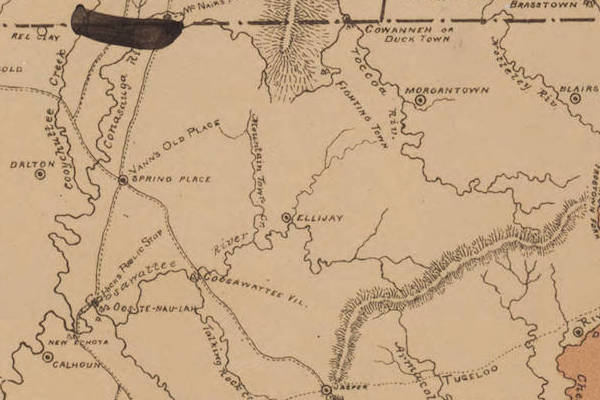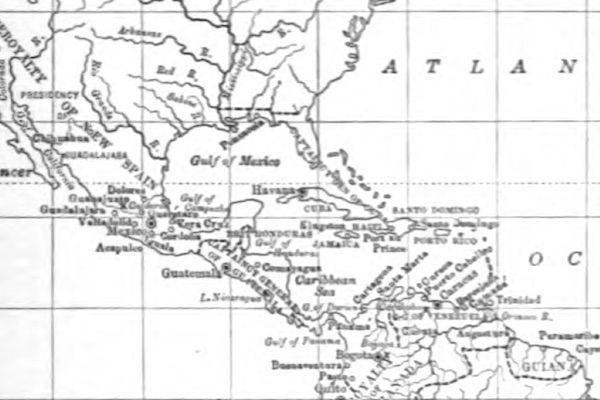In the mid-eighteenth century, present-day California was the northernmost Spanish colony on the North American continent. In 1769, on orders from Spain’s King Charles III, Gaspar de Portolá and a group of Franciscans led by Junípero Serra traveled from Baja California to explore territory to the North. Their goal was to extend the missions (or religious settlements) from Baja California into the area that would become Alta California by establishing a string of new outposts a day’s journey apart.
From 1769 to 1833, Spanish Franciscans established twenty-one missions in Alta California, stretching 600 miles from San Diego to San Francisco along a path eventually known as the “California Mission Trail.” The goal of these settlements was twofold: to protect Spanish colonial interests in the new world and to “civilize,” educate, and convert Native Americans into tax-paying Spanish colonial citizens. In this way, Spanish mission work in Alta California mirrored the goals and efforts of the Spanish mission project throughout its colonies in the New World. Initially, these missions were meant to be self-sufficient, but they did not achieve this goal and instead relied on financial assistance from Spain.
The impact of the missions on Native American populations was devastating. According to mission records, Franciscans at missions baptized more than 53,000 adult Native Americans and buried 37,000 during the period. Many Native Americans died from diseases such as measles and smallpox, introduced by Europeans, to which indigenous populations had no immunities. The mission system itself sought to recruit and indenture Native Americans for labor to produce food and build mission sites. Native Americans were often lured to the missions by gifts and trade opportunities, but once baptized, “neophytes” found themselves occupied by work, confined within mission compounds, and punished with brutal force if they ran away.
After Mexico achieved independence from Spain in 1821, the Mexican Secularization Act (1833) disestablished the missions, and the Franciscans largely abandoned them. Many of the mission structures were later repurposed by the Catholic Church as religious and tourist sites; some still stand today. This primary source set uses documents, photographs, and artwork to tell the story of the development and impact of Spanish missions in California during the Mission period.








































